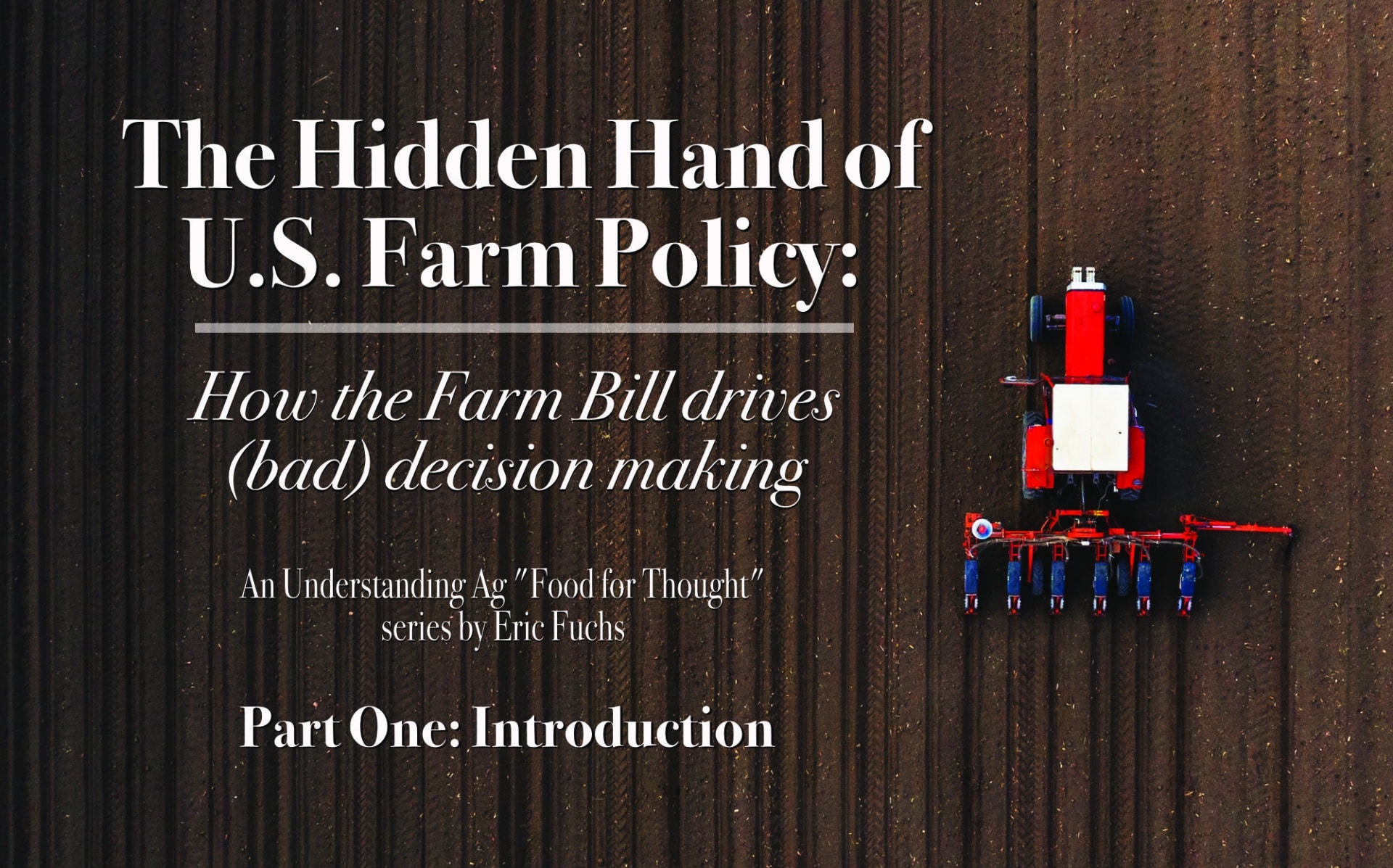
Earlier this summer, I was given a once-in-a-lifetime opportunity to become a consultant with Understanding Ag, LLC. As part of my training, I have been shadowing others within the organization as they consult with clients from around the country. Do date, I have had the opportunity to travel to South Dakota, Iowa, and Kansas. Coming from the hills of Southeast Missouri, I was a little intimidated by the extensive knowledge of my UA trainer and by the vastly different geography and farming conditions of those areas.
What I discovered, however, was that while the rainfall amounts and soil types might be a bit different, for the most part, things are the same: miles and miles of beans and corn with little to no pastures or rangeland in between. Fields are predominately bare in the off season with very little cover shielding the ground from the elements. Pastures were overgrazed and brome grass and fescue were the dominant species. As we interacted with the producers, I also found that soil conditions, grazing management and other challenges were similar, including poor infiltration rates, predominantly cool season grass species and degraded conditions. One positive thing that stood out was that our clients wanted change and they recognized something had gone awry with their conventional production models.
Another thing that came to mind while visiting these areas was the impact that the federal Farm Bill has on our lives—and not just the lives of farmers or ranchers, but everyone in the country and many cases around the world. I contend that this far-reaching government program influences our lives and environment in ways that we can’t even imagine. How do they affect us as producers? As consumers? What are the unintended consequences of allowing others to make decisions in our operations?
The Farm Bill affects nearly every aspect of our lives including what we eat as consumers; what we plant and grow as producers; our air, water and soil quality; our health care; what we put in our gas tank; and even the products we use around the house. The Farm Bill drives land prices, farm sizes and has had a big impact in the destruction of rural America with many small rural communities going the way of the horse and carriage. Another important factor affected by the Farm Bill is the income earned by today’s producer. The percentage of income derived from those programs ultimately affects our management decisions.
For the next few weeks, I will break down some of these issues and bring to the forefront just how dependent and swayed we are by government programs—and what happens when we allow others to decide what we do on our operations.
The purpose of this series is to explore how these programs affect our on-farm decision making and how we can return to a way of farming and ranching that allows us to be the independent group of people we were raised and taught to be. I look forward to sharing my thoughts on this subject with you and hearing your thoughts, as well.
